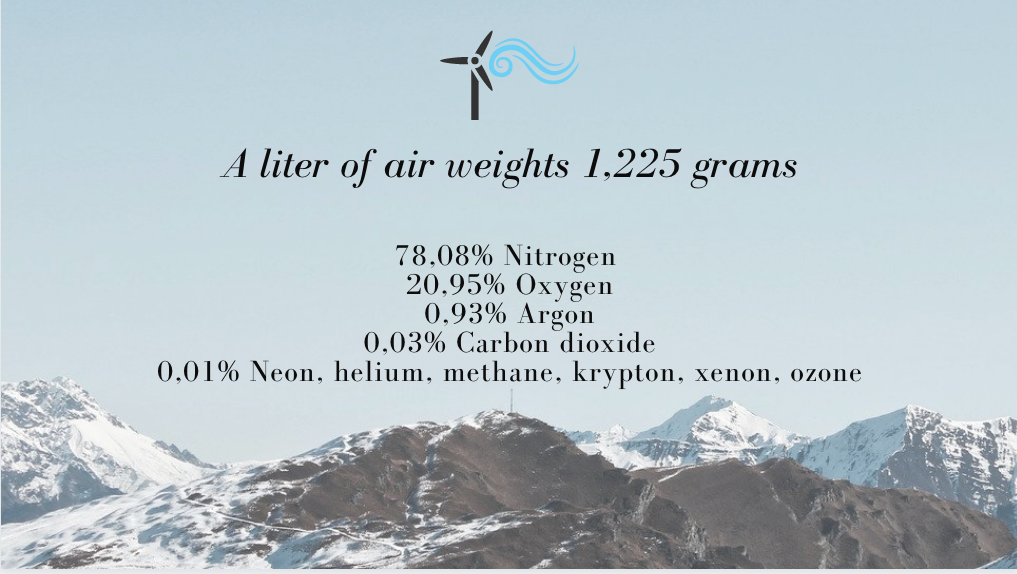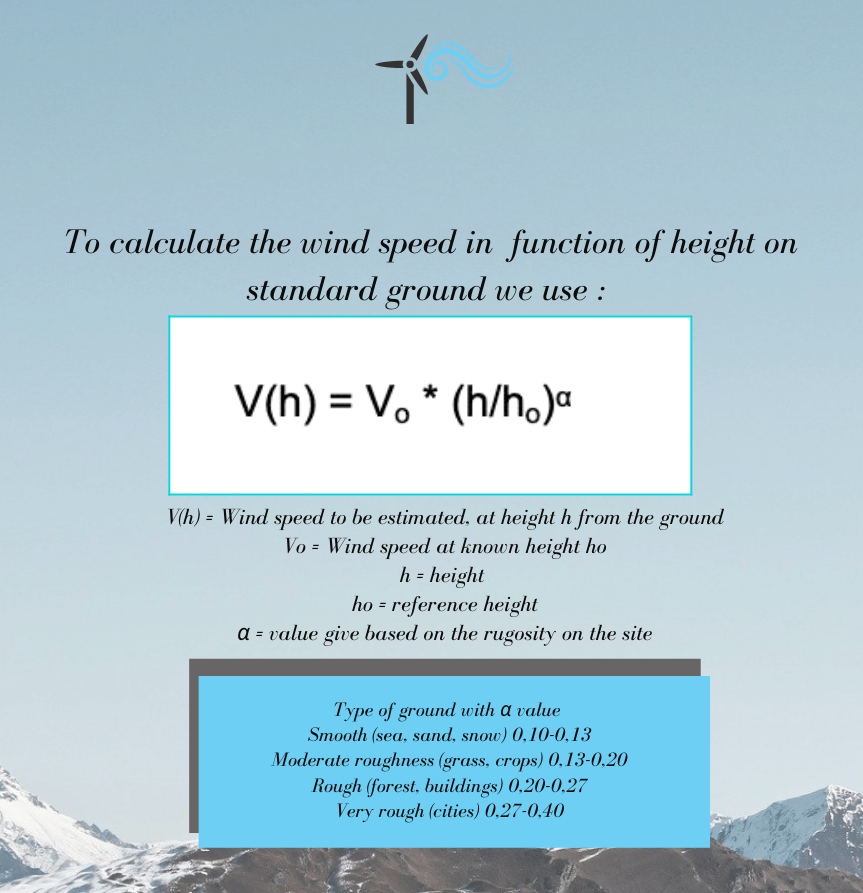What is it ?
Let's imagine we have six imaginary wind turbines installed (1.5MW, rotors of 77 meters diameter) on every km^2 where we find the best wind in the world. Theoretically, it would generate about 72 terawatts (TW). Just to put it in perspective, that is the equivalent of 72 billion watts, which would replace 54 billion tonnes of oil equivalent (Mtoe). That is almost half of the entire worlds total energy consumption (113 billion Mtoe).
This is just an example, as we would need 48 million turbines and an area of 8 million square km (Australia is ~7.7 sq. km)
Why bother then?
I believe if we can imagine and calculate what seems impossible, against all probabilities, we can find the most feasible solution. And the wind has definitely been called-to-arms now that we are getting serious about renewable energy (finally).
On this first post, I will try to explain what we all learn in grade 6, so it should be fun.
To understand and embrace this transparent, colourless and odourless fluid, which moves in parallel to the earth's surface, also known as the wind, we must understand where it comes from.

And like many things on our planet, we can thank the sun for it. The sun's radiation combined with other factors, like incline, earth displacement in space, continent distribution, air mass temperature, surface unevenness and the atmosphere, produce what we know as wind.
To simplify this post, I will split the wind into big groups Global and Local:
Global
As the air that gets hotter, it becomes lighter (molecules movement and density lost), the hotter air goes up and its replaced by cooler air (?). This is what happens at micro-scale. At large scale, we find a series of dominant currents that circulate around the whole planet, on the stratosphere layers.
These global winds are ruled by a few things:
● Temperature
● Atmospheric pressure
● Coriolis force
Local
On the other hand, closer to the surface (or local), winds are defined by the contour of the ground, rugosity and height.
Rugosity: Not too complicated, forests, houses, and buildings cause turbulence, while smoother areas like the sea or airport runways favour air movement.
Height: If the landscape is not clear, the generators will need to have a higher reach to achieve the same speed than in smoother lands.

To decide where is the best location to install a generator, we must be able to forecast and define wind behaviour on multiple simulations, analysing both global and local data. The data simulations need to produce data on the speed and direction of the wind.
Why?
Because not all wind can be used effectively to generate energy, most installations need moderate winds, more than 4 m/s and less than 25m/s. However, different equipment and new technologies are improving every day. They are configured to work on different optimal generation wind speeds.
Conclusion
So there you have it, you can now probably be good to take the 6th-grade test on wind energy. Next week I will write one to show you how much energy the wind really holds for us to harvest.
If you want to keep up to date with this series, hit that subscribe button, not spam, just knowledge!
Next Article
2/5 - How much energy we can find in the wind
Author: Oscar Omegna (formerly at EnergyByte)


